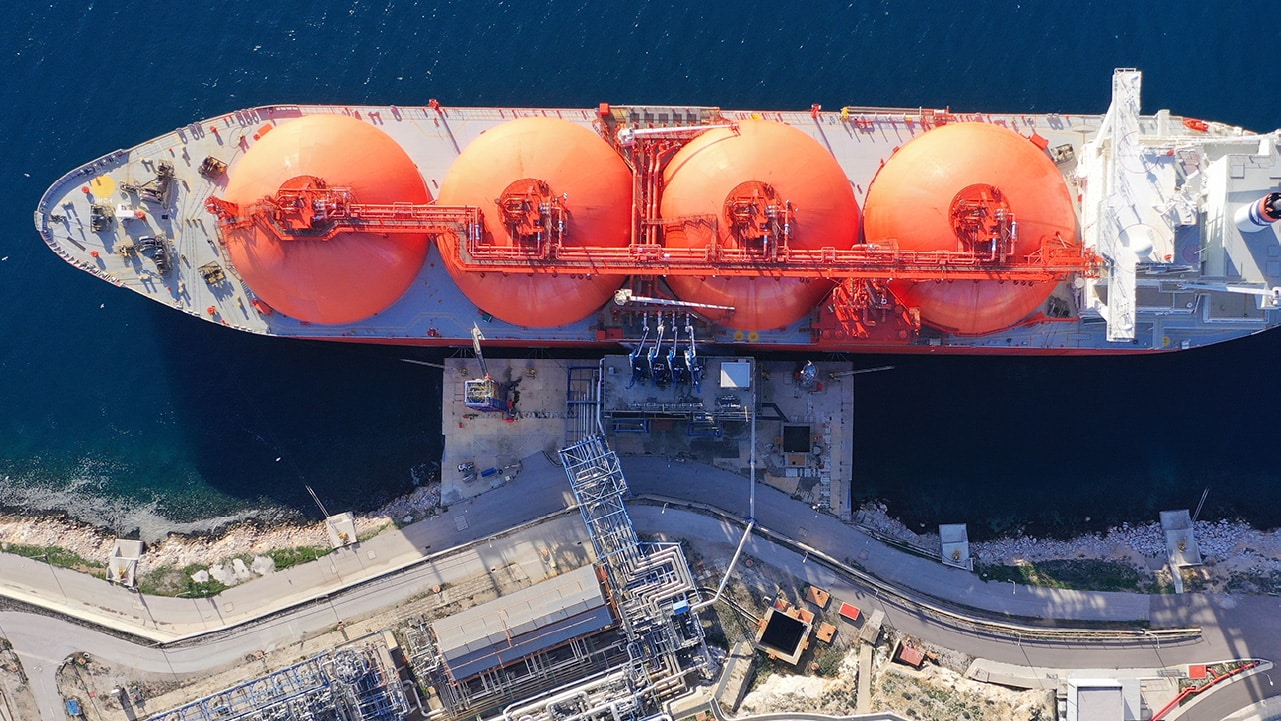ISO 1817 Chemical Resistance Testing of Tank Linings
The ISO 1817 chemical resistance testing procedure is a critical part of ensuring that tank linings are capable of withstanding the harsh and varied chemicals commonly found in marine cargo systems. This standard provides robust guidelines for evaluating the chemical compatibility and integrity of tank linings under expected operational conditions.
Chemical resistance testing, as specified by ISO 1817, is essential to prevent leaks and ensure that materials do not degrade or react with the chemicals they are designed to contain. The test involves exposing a sample of the lining material to various chemical solutions for a set period under controlled conditions. After exposure, the samples undergo visual inspection, mass loss determination, and sometimes mechanical property tests to assess their integrity.
The chemical resistance testing process is particularly important in marine environments where tank linings are subjected to a wide range of chemicals, including acids, bases, organic solvents, and various hydrocarbons. The test ensures that the lining remains impermeable and maintains its structural integrity over time, thereby safeguarding the cargo and minimizing environmental impact.
For accurate testing according to ISO 1817, it is crucial to use high-quality materials and follow strict protocols. This includes selecting appropriate chemical solutions that reflect real-world conditions, ensuring proper sample preparation, and utilizing calibrated instrumentation for precise measurements. Compliance with these standards not only ensures product quality but also aids in meeting regulatory requirements set by maritime authorities.
The results of ISO 1817 testing are vital for stakeholders involved in the design, procurement, and operation of marine cargo systems. Quality managers can use this information to make informed decisions about material selection, while compliance officers ensure that all products meet necessary standards. R&D engineers benefit from this data as they refine materials and processes, and procurement teams rely on it when sourcing high-quality tank linings.
Understanding the specific requirements of ISO 1817 is paramount for those in the marine sector who deal with chemical compatibility issues. By adhering to these guidelines, laboratories can provide reliable test results that are essential for maintaining safe and efficient cargo transportation systems.
Industry Applications
The application of ISO 1817 chemical resistance testing extends beyond the marine sector into various industries where chemical compatibility is critical. For instance, in the petrochemical industry, tank linings must withstand exposure to hydrocarbons and other petroleum products. Similarly, in the pharmaceutical sector, proper lining materials are necessary for storage tanks that hold potentially reactive chemicals.
- Petrochemical Industry: Ensures that storage and transportation tanks can handle a wide array of hydrocarbons without degradation or reaction.
- Pharmaceutical Industry: Guarantees the integrity of storage tanks for highly reactive pharmaceutical chemicals, minimizing risks to personnel and the environment.
- Agriculture: Provides assurance that fertilizer tanks can contain ammonia-based products effectively without leakage.
In addition to these industries, ISO 1817 testing is also applicable in sectors such as oil refining, where various types of petrochemicals need to be stored safely. The results from this testing help ensure the reliability and safety of tank systems across diverse applications.
International Acceptance and Recognition
The ISO 1817 standard for chemical resistance testing is widely recognized in the international community, particularly within maritime and petrochemical industries. Its acceptance ensures that products meeting this standard are readily accepted by regulatory bodies and industry stakeholders worldwide.
The International Maritime Organization (IMO) and other global regulatory authorities often require compliance with ISO 1817 when specifying chemical resistance requirements for tank linings in marine cargo systems. This standard provides a consistent framework for testing, making it easier for manufacturers to meet international standards and for end-users to ensure product quality.
Many countries have adopted the use of ISO 1817 as part of their national regulations or guidelines for chemical compatibility testing. For example, in Europe, EN (European Norm) standards often incorporate references to ISO standards like ISO 1817. The United States and other nations also recognize the importance of this standard, integrating it into their own regulatory frameworks.
The widespread adoption of ISO 1817 ensures that tank linings are tested under consistent conditions globally. This consistency is crucial for maintaining high-quality products across international markets and for ensuring that manufacturers adhere to uniform standards regardless of location.
Use Cases and Application Examples
- Storage Tanks: Ensuring that storage tanks used in marine cargo systems can safely contain a variety of chemicals without leakage or degradation.
- Tank Cleaning Systems: Verifying the compatibility of tank cleaning solutions with lining materials to prevent contamination and ensure efficient cleaning processes.
- Cargo Transfer Pipelines: Evaluating the integrity of pipeline linings that come into contact with different types of cargoes, including hydrocarbons and chemicals.
- Maintenance and Repair: Assessing the performance of repaired tank linings to ensure they meet chemical resistance requirements before returning them to service.
In a real-world scenario, ISO 1817 testing is conducted on a sample lining material that has been exposed to specific chemicals for a defined period. After exposure, the samples undergo detailed inspection and analysis to evaluate their integrity and compatibility with the tested chemicals. This process ensures that tank linings can withstand the harsh conditions they encounter during marine cargo operations.
For instance, in a petrochemical plant, ISO 1817 testing might be used to verify that a newly developed lining material is suitable for storing petroleum derivatives. The test results provide critical data that informs decisions about the suitability of materials and helps ensure safe and efficient operation of storage tanks.





